- Costa Rica
- San José
- Alajuela
- Montezuma
View Other Details
Program Details
Pricing
About Program
Experience Costa Rica and "pura vida" while helping local communities! Volunteers will be placed all around Costa Rica and work on projects of their choice. GoEco offers something for everyone, from wildlife lovers to medical students.
Video and Photos
Program Highlights
- Discover the meaning of "pura vida"
- Get up-close with sloths, leopards, parrots and other fascinating animals
- Ethical wildlife volunteer tasks and interactions
- Gain medical experience while helping in local clinics
- Contribute to the conservation of sea turtles along the stunning coasts
Popular Programs

Help sloths and other indigenous animals at one of several wildlife rescue sanctuaries! Volunteers on this program can begin their experience with a week of Spanish lessons and cultural activities in San Jose before heading off to their placement. Volunteers will be placed in one of three outstanding rescue centers. Tasks include preparing food, feeding the animals and maintaining the sanctuary and its enclosures.

Volunteer for sea turtle conservation in Costa Rica! Volunteers may be placed on the Caribbean Coast, or at one of two placements on the Pacific Coast. Volunteers will participate in night patrols, morning surveys and tasks to protect nests. When possible, volunteers will assist in releasing the hatchlings from the hatchery and into the sea! The first week of the program includes Spanish lessons and cultural activities in San Jose.

Join a health care or medical volunteer placement in San Jose! Gain experience in your field of study and enhance your CV while helping those in need. Volunteers are placed according to Spanish language skills and previous experience. Both healthcare and medical volunteers may be placed in local hospitals, clinics, elder homes or related institutions.

Get your hands dirty while assisting local farmers to grow, harvest and produce fair trade, organic coffee! Coffee is an important product in Costa Rica, for both cultural and economic reasons.

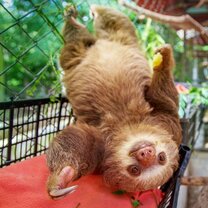
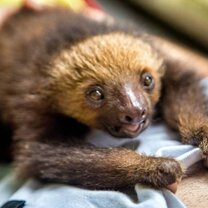
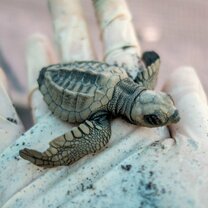
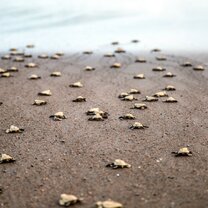
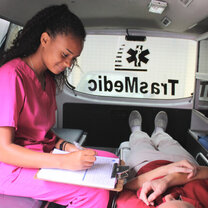
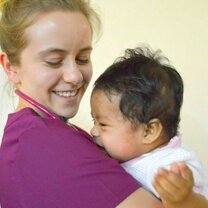

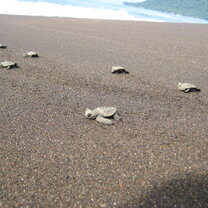
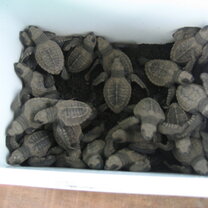
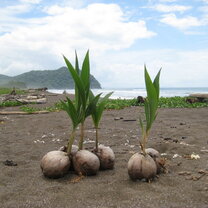



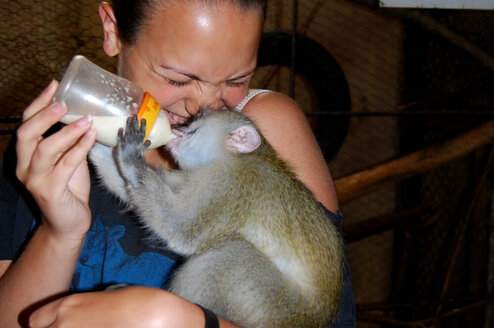

Response from GoEco
We were very upset to read about Lyndsey’s experience at our Gandoca Turtle Conservation project in Costa Rica as we have only ever received positive feedback about this volunteer opportunity. We contacted the volunteer provider as part of an inquiry into her experience and have posted their comments below:
Language course: As indicated in the final confirmation: Language School runs for 5 hours/day group classes, Mon-Thursday - scheduled for one week.In this particular case Information about the course being for only 4 days was communicated before arrival - the idea was that volunteers could enjoy a long weekend before travelling to the project.
Regarding Spanish classes: Volunteers are evaluated based on their current Spanish level (taking into consideration - speaking and understanding ability). We do not have "special" classes for volunteers; they join our regular group. We regret that Lyndsey did not mention to our Spanish coordinator or to her teacher that she wanted a more challenging class because we could have easily moved her to another group. If a volunteer’s expectation is to improve their Spanish, they can enroll in a 2, 3 or 4-week language program.
Project Selection: Volunteers may make a "tentative" selection of a project before arrival, but since there are several options available in the various categories (sea turtles, animal rescue, community development), participants often think it is to their advantage that they have the flexibility to make a final decision when they arrive to the site.
Orientation meeting before volunteering: THIS PROJECT IS NOT A FRUIT FARM - the project has a sea turtle conservation program on the Caribbean coast. This is a well-known site for sea turtles nesting and hatching. Gandoca has a turtle conservation program, run by people from the community with the support of the Department of Environment. It has existed for over 10 years; their season goes from February through July. During June and July there are a few adult turtles arriving and also nests yet to hatch. However, this year, due to the weather condition affecting the Caribbean coast the hatchery and a few nests were washed away, because the heavy rains continued during the project the rebuilding of the nest was postponed. Even though this happened, the Project Coordinator confirmed that volunteers patrolled the beach, saw adult turtles and relocated nests.
The community does have a fruit farm where volunteers may work during the day (most work related to the turtles is done at night).
*We thank Lyndsey for her comments regarding meals. We have already talked with the project coordinator about improving the variety of food, adding more fruits and vegetables.
Working Hours: The average work hours are from 6-10 hours depending on the season. In this specific case, the heavy rain fall every day affected the activities and shifts more than usual. One important detail is that none of the turtle projects have patrols during the day except for watching the hatchery. This specific project offers the volunteers the opportunity to work at the community plantations during the day so they get to help the community and do not get bored.
Transportation to the project: transportation is provided to the bus terminal in the city where they can take the bus to the project. Most of our projects are located 5 to 7 hours from San Jose; providing transportation for these projects would increase the fee for the volunteers, which is something we try to avoid doing.
Arrival at the project: spend 14 days at the project: Volunteers have the option to travel to the projects during the weekend; there are only a couple of projects that require that volunteers travel on Monday for administrative reasons. However, the volunteers usually plan tours for the weekend, especially because they do not have much time to travel around while volunteering or before departure. Although the "volunteering project" part of the program is for two weeks this has always included the days travelling to and from the project as well as a last night at the homestay in San Jose so volunteers can be taken to the airport the next day to fly back home.
We have no turtle projects in a location where there are cafes, restaurants, bars or anything similar. The Caribbean Project was going through a "transition season" at the time, which means there are not many turtles arriving.
Monitoring the beach with rangers: The Department of Environment has a small office at Gandoca. In addition to the patrolling done by the community at night, rangers occasionally monitor the beach during the day and depending on the circumstances, volunteers may go with them. This decision is up to the ranger's discretion and because this is a government entity we cannot insist that they have to take our volunteers on patrol with them.
In the CRLA Document - signed by volunteers - the following is stipulated:
"Depending on the project, volunteers may work from 5-8 hours a day. The workload varies greatly from project to project. If you find your project to have too little available work, you should talk with the local project coordinator. If this interaction leads to an unsatisfactory solution, please contact any member of the CRLA staff to let us know about your situation".
"When working in sea turtle projects it is important to take into consideration some important aspects: (1) During low season nightly patrols along the beach normally last 2-3 hours and most of the work that has to be done is maintenance of the facilities and the camp during the day. (2) The rainy season lasts from May to November. During this period, there are fewer work opportunities, especially during the day."
Should a volunteer have any problems with the project this should be communicated to a project coordinator or CRLA staff member and every effort will be made to rectify the situation.